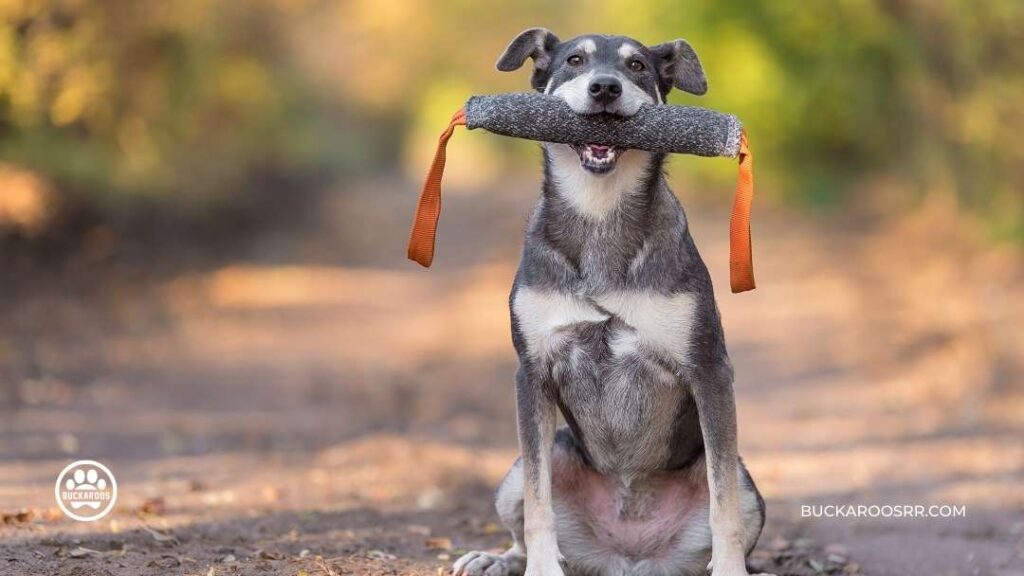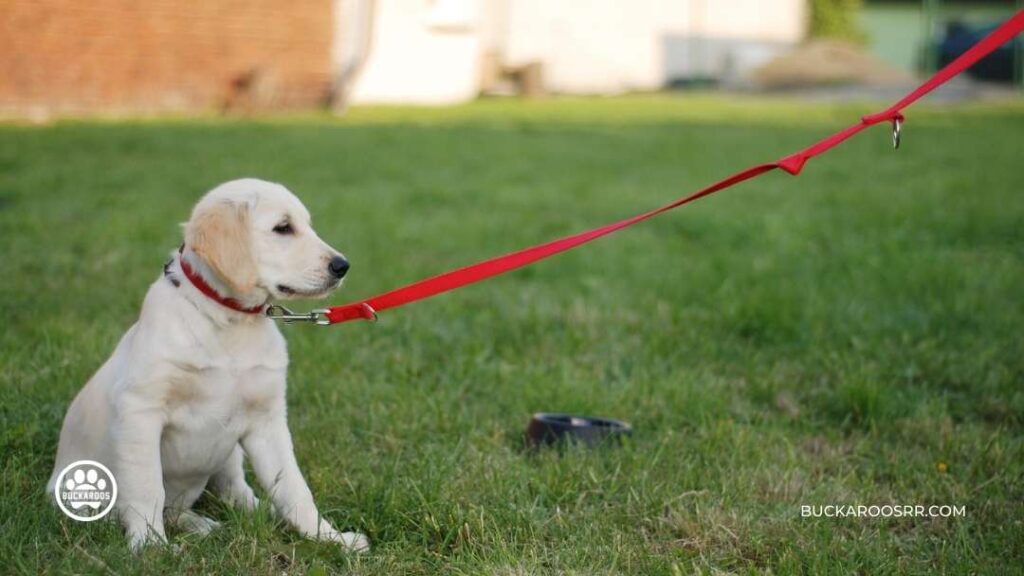Why Positive Reinforcement Will Work For Your Dog. There are a few different methods of obedience training for puppies, all with different philosophies. Training your pup may take time, but a well-trained pup makes your and its life easier.
As you learn about the styles, there might be one perfect for you and your puppy. Or, you might choose to combine the methods as the training gets intense. One of these is to choose positive reinforcement to train your dog.
Watch the leash training video here

What is Dog Positive Reinforcement Training
Positive reinforcement is a dog training method that rewards good behavior with praise, dog treats, or both. Dogs are motivated by positive reinforcement, which means they will work to get rewards. As a pet parent, you must be careful to provide positive reinforcement at the right time when your dog is behaving the way you want.
Suppose your dog does not provide the desired behavior. In that case, it is important to remain calm and only give rewards when the desired behavior is shown again. With repeated practice, your dog will learn to associate the desired behavior with a reward and will continue to behave in that manner.

Why Positive Reinforcement Will Work For Your Dog?
1. Better Communication and Bonding
Like in human relationships, communication is key in developing a bond with your dog. Dogs are sensitive animals with keen observation skills.
They understand what makes their owner happy and what does not; thus, they always try not to disappoint you. This training session becomes a better communication practice, and the eagerness to please you and the rewards strengthen the bond.

2. Desire To Do Their Best
Dogs will want to offer the desired behavior because they are rewarded with something they value highly, whether it’s food, play, or attention. If a dog knows he can get more of these awesome rewards by displaying a certain behavior, why wouldn’t he do it?

3. Dog Training Positive Reinforcement Vs. Correction
Dogs are given a chance to think about the wanted behaviors because they know they will be rewarded. This stimulates the mind of the dogs, which is a highly motivating and mental development exercise.
Instead of correcting them, let them respond with the correct action. Your dog has to think about the behavior he was performing when he got a reward to know which behavior he should repeat to get more rewards.
You do not pressure your dog to perform a behavior; rather, he is given time to think about and perform it when he is ready to offer it. This allows your dog to feel in control and mentally stimulated, as he constantly has to problem-solve to get his desired outcome.

4. Boosts Your Dog’s Confidence
Rewarding good behavior is a much better way to train your dog because it has lasting effects and helps them understand what actions please you. Consistently punishing your dog will have negative behavioral manifestations, including a lack of self-confidence, poor self-control, and bad behavior.
Not to mention, punishments make your dog feel unwanted, which does the opposite of what you’re probably trying to achieve. Positive reinforcement, on the other hand, improves pet confidence and creates a closer bond between you and your furry friend.

5. Best Way To Train Your Dog at Any Age
Dogs of any age can be trained to have better behavior using positive reinforcement. Dogs that have learned bad habits can unlearn them using positive reinforcement, and puppies can learn new behaviors too. The earlier you start training your puppy or dog, the better, but it’s never too late to start! Check out our blog about 5-minute basic dog training exercises for more insight on basic training.

6. A Fun Way Of Learning
The most crucial aspect to remember when teaching your dog using positive reinforcement methods is that both you and your pup should be having fun! If either of you becomes stressed at any point during the session, take a break and return when you’re both ready to focus and engage.
It’s also important to end each session positively, with the behavior your dog already knows and loves to perform. Treat him for it and end the session. If you are getting overwhelmed, take a rest or end the learning session to start again tomorrow. Remember, the key to successful training is to keep it fun (check the video here) for both of you!

7. Your Dog Deserves To Be Happy.
Using positive reinforcement instead of punishment when they behave badly is the key to the trust and happiness of your pal. Dogs are also living beings with feelings and emotions, and when we scold them or hit them for doing something wrong, it can leave them feeling hurt or scared.
This could have long-term negative effects on their overall happiness. Positive reinforcement, on the other hand – like giving them a treat, petting them, or showing them extra attention when they behave well – helps create good behavior in your pet and makes them happier. They feel loved and appreciated and are more likely to continue showing good behavior in the future.
My Positive Reinforcement Dog Training Is Not Working?
Rewarding your dog for good behavior is a simple way to let them know they’re doing what you want them to do! If it is not working, then you might be missing something – Here are some basic guidelines to make sure you’re effectively using this technique:
1. The Reward
Choosing something your dog will be genuinely motivated by is important. Positive reinforcement can come from delicious food treats, praising your dog, petting and hugging them, or with a favorite toy or playing games. However, if your dog isn’t motivated by the toy you’re using or the treat you’re offering, then the techniques won’t be successful.
If you are training outdoors in the summers, check out the 7 best summertime cooling dog treats for preparing better treats for your buddy.
2. Prompt Response
The speed at which you give your dog his reward can influence the success of his training. He should be rewarded instantly so that he can differentiate between the behaviors that win rewards and those that do not.
3. Frequency Of Your Rewards
If you’re not careful, the rate at which you give rewards can have some serious consequences. If it’s not frequent enough, you run the risk of losing their interest in the training session.
On the other hand, if it’s too frequent, you might end up reinforcing the wrong behavior. The key is to find a balance that will keep both you and the dog more excited than if you weren’t giving out rewards.
4. Consistency You Follow
Having the entire family use the same cues when interacting with the dog will help prevent any confusion. It may be helpful to have a list of cues posted so that everyone can see and familiarize themselves with them.
5. To the point
Use more of your body language than verbal sentences while training. Words or cues should be animated by hand gestures to help your dog understand better. You need to keep the commands short and to the point.
To Conclude
From the list of benefits above, it’s clear that positive reinforcement is an effective method of training dogs. Buckaroos 360 dog training services use positive reinforcement exclusively when working with client’s dogs.
We recommend that you do the same when training your dogs at home. Even if you are availing other dog care providers – share the same philosophy on dog training so that your dog can receive consistent messages and experiences.





